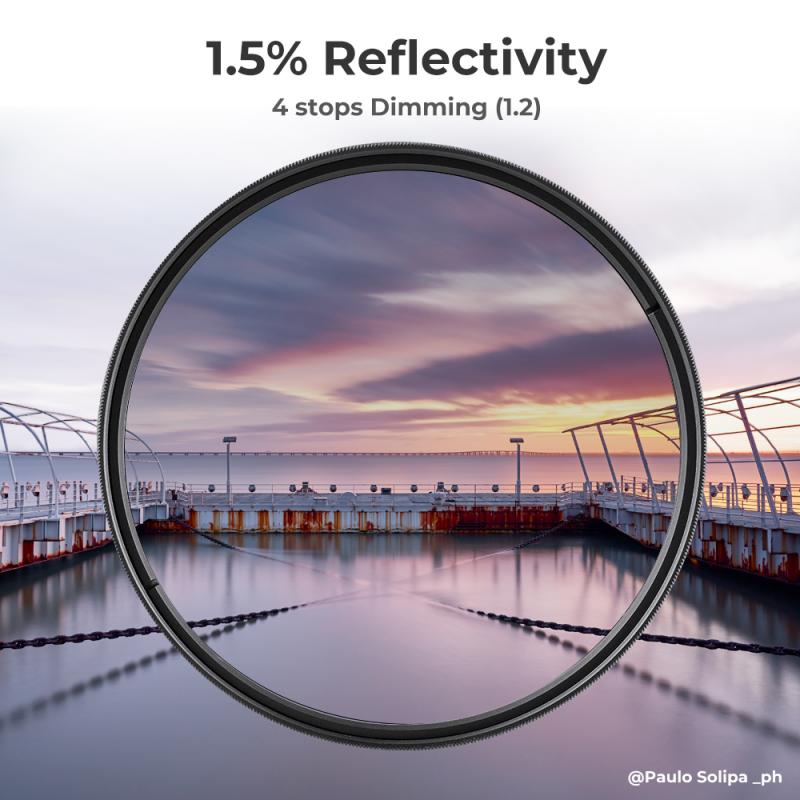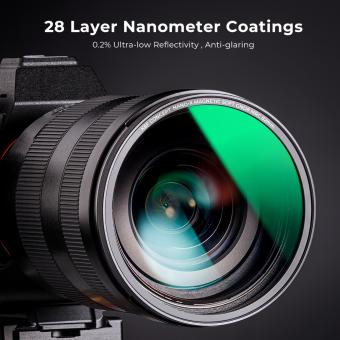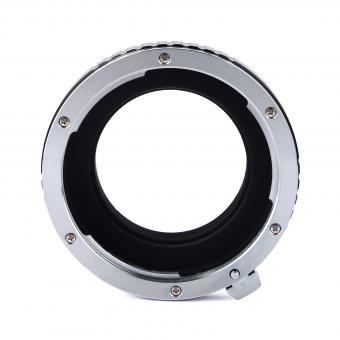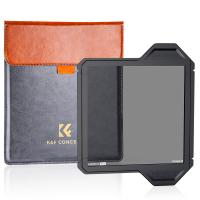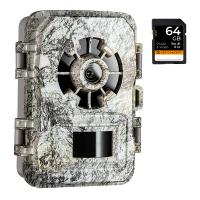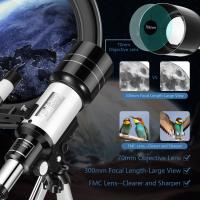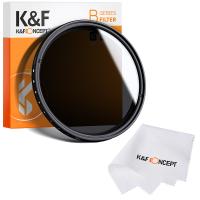What Is A Ca Lens Filter For ?
A lens filter is an optical accessory that is attached to the front of a camera lens to modify or enhance the captured image. A "CA" lens filter, also known as a chromatic aberration filter, is specifically designed to reduce or eliminate chromatic aberration in photographs. Chromatic aberration is an optical phenomenon that causes color fringing or blurring around the edges of objects in an image, particularly noticeable in high-contrast areas. CA filters work by correcting the dispersion of different wavelengths of light, ensuring that all colors converge at the same focal point. This helps to produce sharper and more accurate images with improved color fidelity. CA filters are commonly used in photography, especially in situations where chromatic aberration is more likely to occur, such as when shooting with wide-angle lenses or in challenging lighting conditions.
1、 Definition and Purpose of a Camera Lens Filter
A camera lens filter is an accessory that is attached to the front of a camera lens to modify or enhance the image being captured. It is typically made of glass or resin and comes in various shapes and sizes to fit different lenses. The primary purpose of a lens filter is to alter the way light enters the camera, resulting in different effects on the final image.
Lens filters serve a variety of purposes, depending on the type of filter used. Some common types of lens filters include UV filters, polarizing filters, neutral density filters, and color filters. UV filters are primarily used to reduce the amount of ultraviolet light that reaches the camera sensor, resulting in clearer and sharper images, especially in outdoor photography. Polarizing filters, on the other hand, help to reduce glare and reflections, enhance color saturation, and improve overall image contrast. Neutral density filters are used to reduce the amount of light entering the camera, allowing for longer exposures or wider apertures in bright conditions. Color filters, as the name suggests, add or modify colors in the image, creating artistic effects or correcting color imbalances.
In addition to their practical uses, lens filters can also be used creatively to achieve specific artistic effects. For example, a graduated neutral density filter can be used to balance the exposure between a bright sky and a darker foreground, resulting in a more evenly exposed image. Similarly, a star filter can create a starburst effect around bright light sources, adding a touch of sparkle to night scenes.
In recent years, with advancements in digital photography and post-processing software, some argue that the need for lens filters has diminished. Many of the effects that filters provide can now be replicated or adjusted in post-production. However, there are still certain effects that are best achieved in-camera, such as reducing glare or reflections, protecting the lens from scratches or dust, or adding a specific color tone to the image.
Ultimately, the use of lens filters is a matter of personal preference and creative vision. Some photographers prefer to capture the desired effect directly in-camera, while others prefer to have more control over the final image during post-processing.
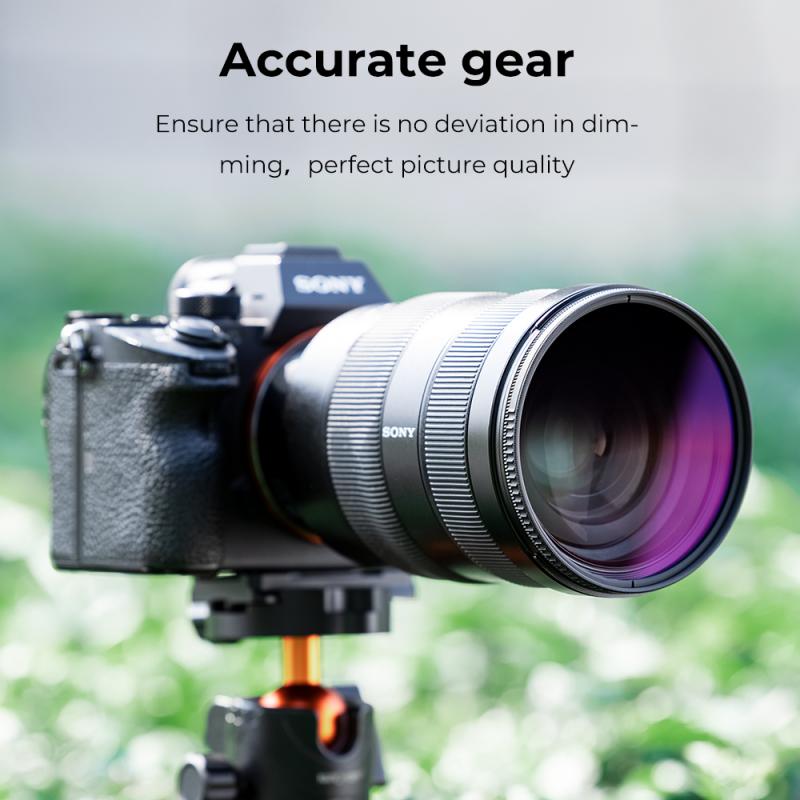
2、 Types of Camera Lens Filters and Their Functions
A camera lens filter is an accessory that is attached to the front of a camera lens to modify or enhance the image being captured. There are various types of camera lens filters available, each serving a specific purpose.
One common type of lens filter is the UV filter. It is primarily used to block ultraviolet light and reduce haze, resulting in clearer and sharper images. UV filters are particularly useful when shooting in high-altitude areas or near water bodies, where UV light is more prevalent.
Another popular type of filter is the polarizing filter. It helps to reduce glare and reflections from non-metallic surfaces such as water or glass. By rotating the filter, photographers can control the amount of polarization, resulting in more vibrant colors and increased contrast in their images.
Neutral density (ND) filters are used to reduce the amount of light entering the lens without affecting the color or contrast of the image. They are commonly used in situations where a slower shutter speed is desired, such as when capturing motion blur in waterfalls or creating long-exposure shots in bright daylight.
Graduated neutral density (GND) filters are similar to ND filters but have a gradient effect. They are used to balance the exposure between the bright sky and the darker foreground in landscape photography. By positioning the filter in a way that aligns with the horizon, photographers can achieve a more evenly exposed image.
In recent years, there has been a rise in the popularity of creative filters such as color filters, star filters, and diffusion filters. These filters allow photographers to add artistic effects to their images, such as adding a warm or cool tone, creating starbursts around light sources, or softening the overall image.
In conclusion, camera lens filters serve various purposes, from protecting the lens to enhancing image quality and adding creative effects. The choice of filter depends on the specific requirements of the photographer and the desired outcome of the image.
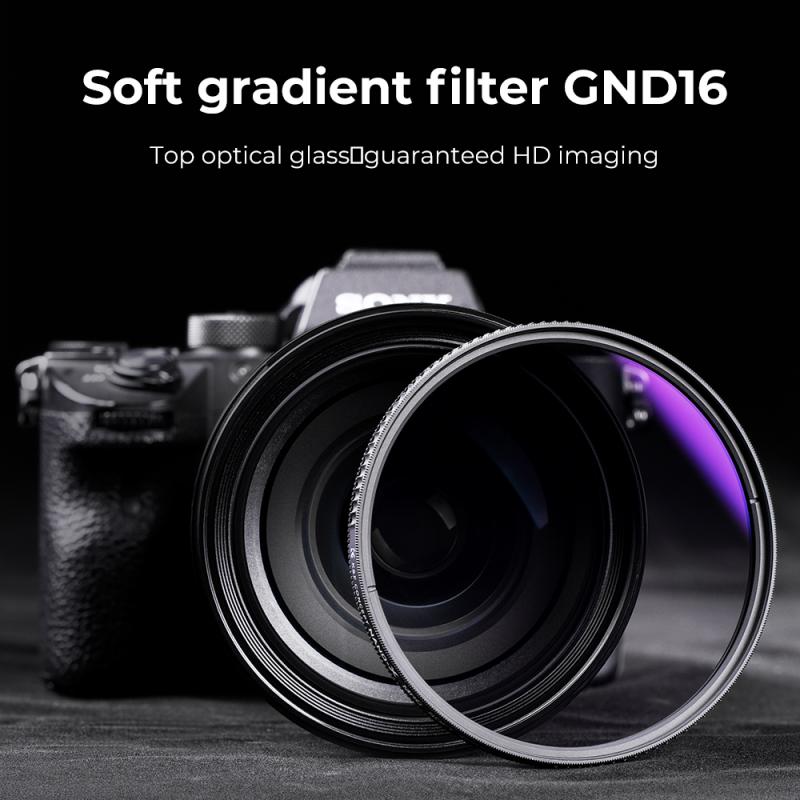
3、 Common Uses and Benefits of Camera Lens Filters
Camera lens filters are essential accessories that photographers use to enhance their images and achieve specific effects. A popular type of lens filter is the Circular Polarizing (CPL) filter, which is commonly used to reduce glare and reflections from non-metallic surfaces such as water and glass. It also helps to enhance color saturation and contrast, resulting in more vibrant and captivating images.
Another commonly used filter is the Neutral Density (ND) filter, which reduces the amount of light entering the camera lens without affecting the color balance. This allows photographers to use slower shutter speeds or wider apertures in bright conditions, creating motion blur effects or achieving a shallow depth of field even in well-lit environments.
UV filters are also widely used to protect camera lenses from dust, moisture, and scratches. While they were initially designed to block ultraviolet light, modern digital cameras are already equipped with UV filters, making their primary purpose more of a protective measure.
In recent years, there has been a growing interest in creative filters such as the Graduated Neutral Density (GND) filter. This filter is particularly useful in landscape photography, as it helps balance the exposure between the bright sky and the darker foreground. By darkening the sky portion of the image, GND filters allow photographers to capture a more evenly exposed scene.
Additionally, with the rise of digital photography and post-processing software, some photographers argue that the need for physical lens filters has diminished. They argue that many filter effects can be replicated or even improved in post-production. However, others still prefer using physical filters as they allow for real-time adjustments and can save time in post-processing.
In conclusion, camera lens filters serve various purposes, from reducing glare and reflections to enhancing color saturation and protecting lenses. While the rise of digital photography has led to some debate about their necessity, many photographers still find them valuable tools for achieving specific effects and enhancing their images.
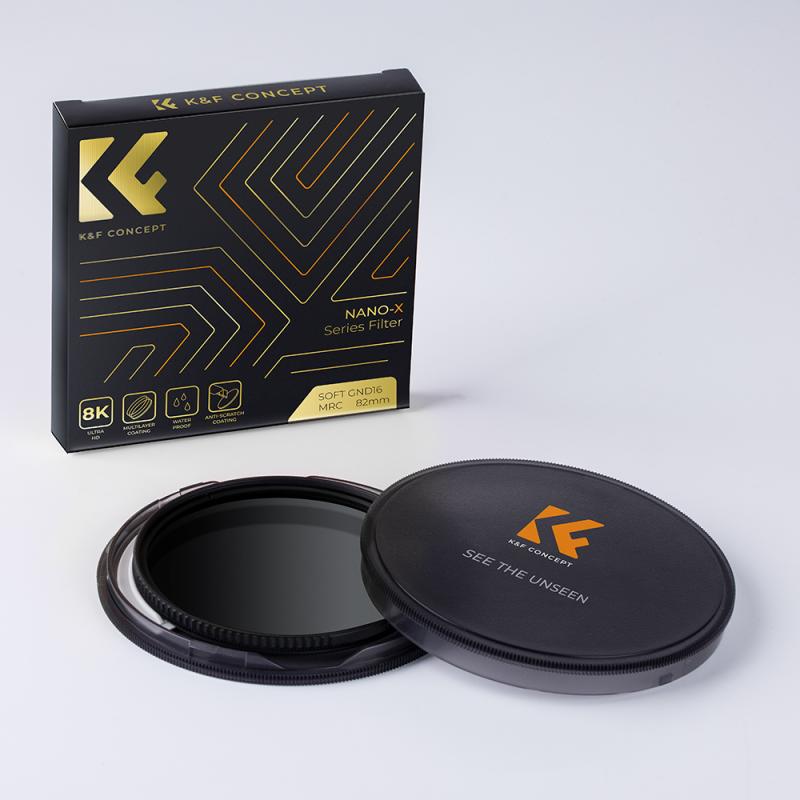
4、 Factors to Consider When Choosing a Camera Lens Filter
Factors to Consider When Choosing a Camera Lens Filter
Camera lens filters are essential accessories that can enhance your photography by providing various effects and protection for your lenses. When choosing a camera lens filter, there are several factors to consider to ensure you select the right one for your needs.
1. Purpose: Determine the purpose of the filter. Are you looking for a filter to protect your lens from scratches and dust, or do you want to achieve specific creative effects such as reducing glare or enhancing colors?
2. Filter Type: There are different types of camera lens filters available, including UV filters, polarizing filters, neutral density filters, and color filters. Each type serves a specific purpose, so it's important to choose the one that aligns with your photography goals.
3. Filter Size: Ensure that the filter you choose matches the size of your lens. Most lenses have a filter thread size indicated on the front, and you should select a filter with the same diameter.
4. Quality: Invest in high-quality filters to maintain the optical performance of your lenses. Cheap filters can introduce unwanted artifacts and reduce image quality.
5. Compatibility: Consider the compatibility of the filter with your camera system. Some filters may cause vignetting or interfere with autofocus, especially when using wide-angle lenses.
6. Brand Reputation: Research and choose filters from reputable brands known for their quality and reliability. Reading reviews and seeking recommendations from fellow photographers can help you make an informed decision.
7. Budget: Set a budget for your filter purchase. While high-quality filters may be more expensive, they often provide better optical performance and durability.
8. Latest Point of View: With advancements in technology, some filters now come with additional features such as anti-reflective coatings to minimize flare and ghosting. These coatings can improve image quality and reduce the need for post-processing.
In conclusion, when choosing a camera lens filter, consider factors such as purpose, filter type, size, quality, compatibility, brand reputation, budget, and the latest advancements. By carefully evaluating these factors, you can select the right filter that suits your photography style and enhances your images.
